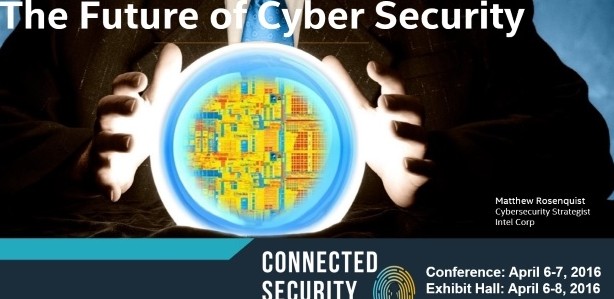The security industry is changing. Technology innovation is eroding the distance between the roles and responsibilities of traditionally independent physical and cyber security teams. Modern physical security tools now rely heavily on networks, clouds, firmware, and software—which puts them at risk of cyber exploitation. Computing devices, no matter how well managed, are largely vulnerable to physical attacks. The biggest convergence between these two worlds comes from the rapid growth and adoption of the Internet of Things, which extends access, control, and people-safety issues to users and businesses. Transportation, critical infrastructure, health care, and other industries currently rely on strong physical controls. More and more, they will also require the same benefits from cybersecurity to achieve the common goals of protecting people’s safety, property, and business assets. In the highly connected world of the near future, attacks against both physical and cyber targets will originate from far across the digital domain. Convergence is coming.
At this year’s 2016 ISC West conference, one of the largest security conferences with more than 1,000 exhibitors and brands, the organizers took an aggressive step that showed their insights to the future. The Connected Security Expo, a subconference with separate tracks, began its inaugural year, bringing together for the first time both physical and cyber security professionals at ISC West. I was honored to deliver one of the two keynotes to a combined audience of security leaders who recognize the inevitable intersection of security.
Organizations must address the combined physical and cyber threats that they will face. Leaders require insights into the complex future of cyber security, both the challenging risks and equally lucrative opportunities, which will emerge as cyber threats maneuver over time. In my presentation I discussed how cyber security is similar to its physical counterpart, as a difficult and serious endeavor, and strives to find a balance in managing the security of computing capabilities to protect the technology that connects and enriches the lives of everyone.
The 2016 “Future of Cyber Security” presentation showcased the cause-and-effect relationships, provided perspectives of the forthcoming challenges the industry is likely to face, and how aligned security can be better prepared to manage it.
A number of other notable speakers, including Mike Howard, CSO for Microsoft, shared insights with the audience. Herb Kelsey, Chief Architect at Guardtime, and Nate Kube, Founder and CTO of Wurldtech, a GE Company, also presented a keynote: “Reducing the Time to Detect Tamper–Physical Security’s Mission Against Cyber Threats.” They discussed the benefits and risks of the connected world, from power stations to light bulbs and everything in between. The unintended consequences will include bad actors using technology against, instead of for us. The speakers partnered to showcase the future trends and technologies in securing the promise of the Internet of Things.
I look forward to next year’s Connected Security Expo as the audience ranks will continue to grow. Speaker topics, threats, and the synthesis of technology will be even stronger. I expect other conferences to start down the same path, in an attempt to catch up with ISC West. It makes sense because the convergence between physical and cyber security will continue to gain momentum.
Interested in more? Follow me on Twitter (@Matt_Rosenquist) and LinkedIn to hear insights and what is going on in cybersecurity.












